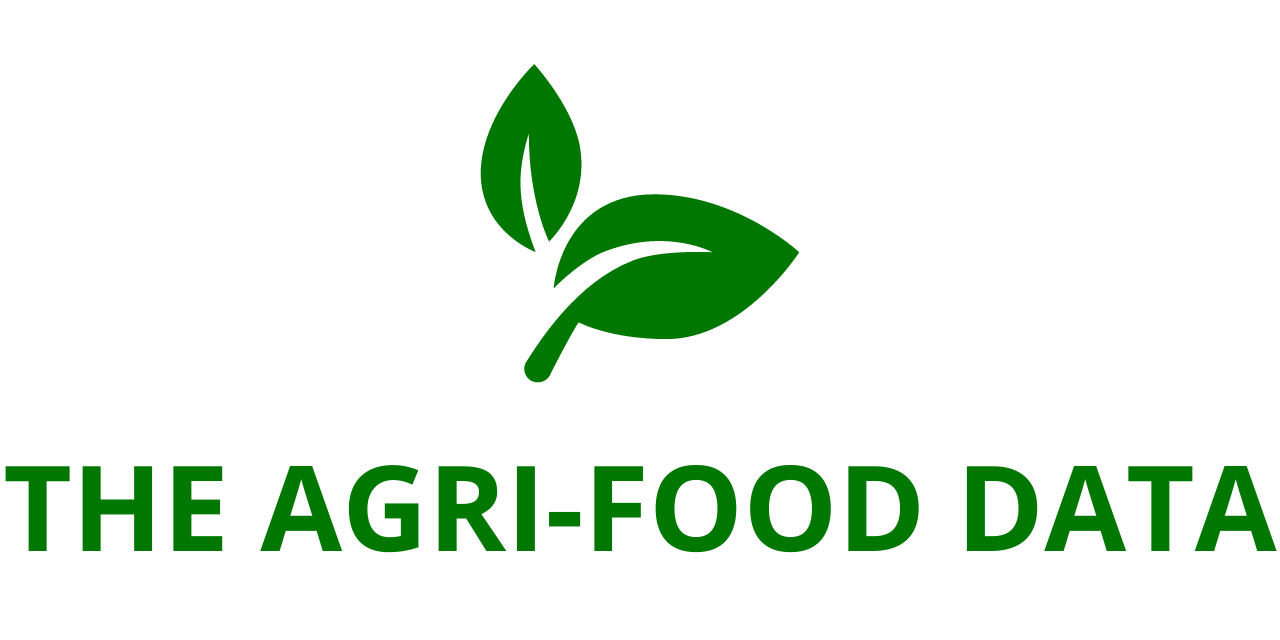
The “Food Traceability Market” report has been added to ResearchAndMarkets.com’s offering, providing a comprehensive analysis of the global food traceability sector. The report uses 2023 as a benchmark year and presents projections for the period 2024-2029, including estimated compound annual growth rates (CAGRs). It evaluates the market size from the perspective of technology and applications, offering deep insights into the various factors shaping this industry.
Overview of the Food Traceability Market
The food traceability market has gained significant traction in recent years, primarily due to the rising need for transparency, food safety, and accountability within the supply chain. As globalization expands food production and distribution networks, the importance of verifying food authenticity and quality has never been more crucial. Consumers, businesses, and regulatory authorities are increasingly prioritizing traceability solutions to ensure compliance with food safety regulations, minimize risks of contamination, and enhance consumer trust.
The global food traceability market is projected to grow from $23.8 billion in 2024 to approximately $38.5 billion by the end of 2029, exhibiting a CAGR of 10.1% during the forecast period. This robust growth is largely attributed to stringent regulatory frameworks such as the U.S. Food Safety Modernization Act (FSMA) and similar mandates in the European Union. These laws require robust traceability systems to prevent foodborne illnesses and enhance supply chain transparency. Furthermore, the increasing consumer demand for ethically sourced, organic, and non-GMO food products has pushed businesses to invest in advanced food traceability technologies.

Technological Innovations Driving Market Growth
The food traceability market is experiencing a technological revolution, with innovations such as blockchain, the Internet of Things (IoT), radio frequency identification (RFID), and artificial intelligence (AI) transforming industry operations. These advancements offer real-time monitoring capabilities, streamlined data sharing, and improved traceability across complex supply chains.
- Blockchain Technology: Blockchain enhances data security, ensuring that food traceability records are immutable and transparent. Companies are leveraging blockchain to prevent fraud, verify food authenticity, and build trust with consumers.
- Internet of Things (IoT): IoT-enabled sensors are being used to track temperature, humidity, and storage conditions throughout the supply chain. This helps in reducing food waste and maintaining product quality.
- Radio Frequency Identification (RFID): RFID tags improve supply chain visibility by providing real-time data on food movement and inventory levels.
- Artificial Intelligence (AI): AI-powered analytics optimize logistics, predict food spoilage, and enhance overall supply chain efficiency.
Regional Market Trends
The food traceability market is growing across various regions, with North America and Europe leading in the adoption of advanced traceability solutions. These developed markets benefit from strong regulatory frameworks, well-established food industries, and high consumer awareness regarding food safety.
- North America: The U.S. dominates the market due to strict food safety laws, significant investments in traceability technologies, and high demand for organic and sustainable food products.
- Europe: The European Union has implemented stringent traceability laws under the General Food Law Regulation. The region’s focus on sustainability and transparency in food labeling is driving market expansion.
- Asia-Pacific: Emerging economies such as China and India are witnessing rapid growth in food traceability adoption. Rising food safety concerns, increasing disposable incomes, and government-led initiatives are key factors contributing to market expansion.
- Latin America and the Middle East: These regions are gradually adopting food traceability systems, primarily driven by food export regulations and a growing awareness of food safety.
Industry Challenges and Opportunities
Despite its promising growth, the food traceability market faces challenges, including high implementation costs, lack of standardization, and fragmented supply chains in certain regions. Smaller food producers and developing economies may struggle to afford sophisticated traceability technologies. However, the long-term benefits—such as enhanced food safety, regulatory compliance, and consumer trust—outweigh these initial costs.
Leading companies in the food traceability market are increasingly focusing on integrating sustainability initiatives into their traceability solutions. By addressing environmental concerns, reducing waste, and optimizing resource efficiency, these companies are aligning their strategies with global sustainability goals.





